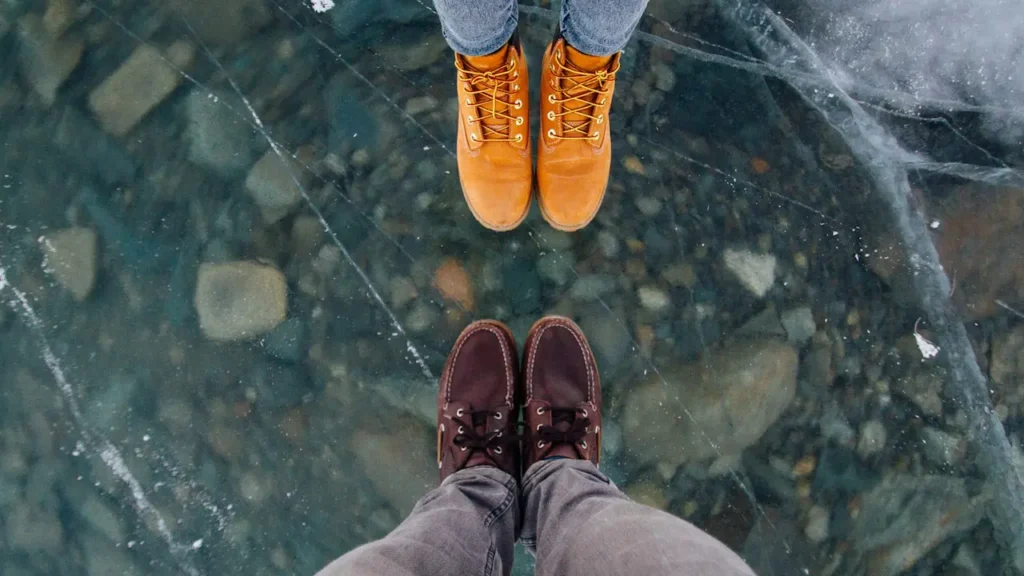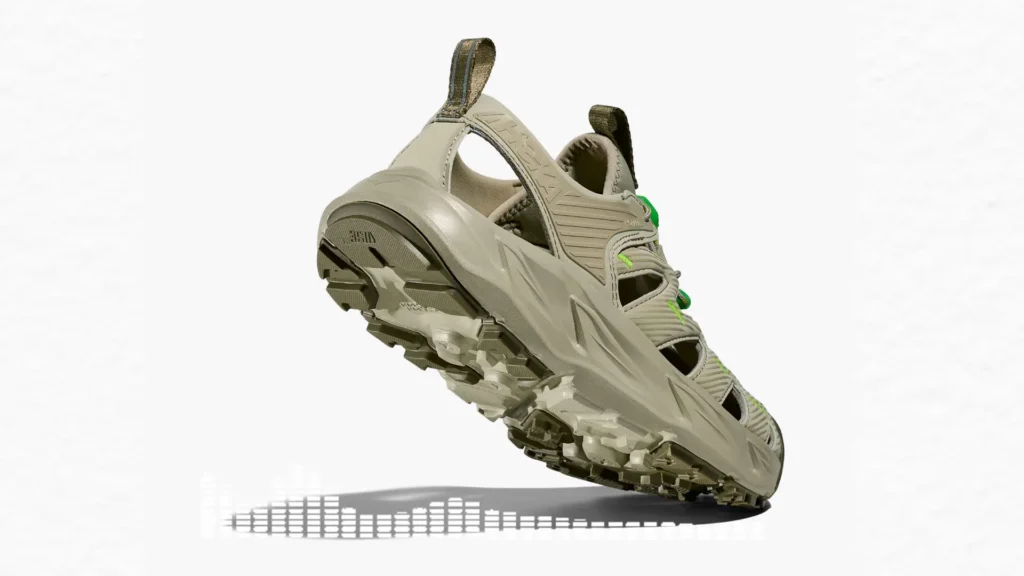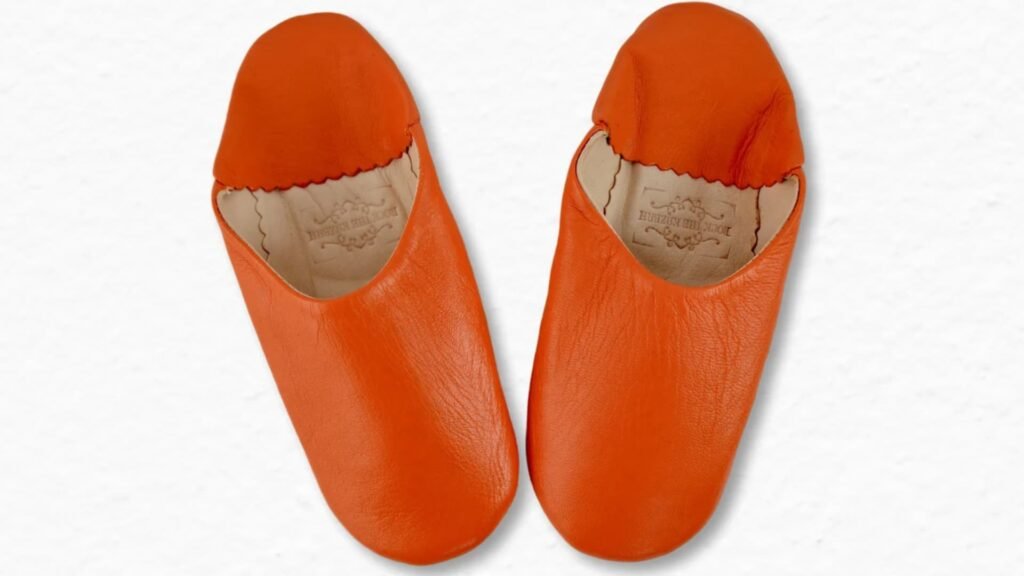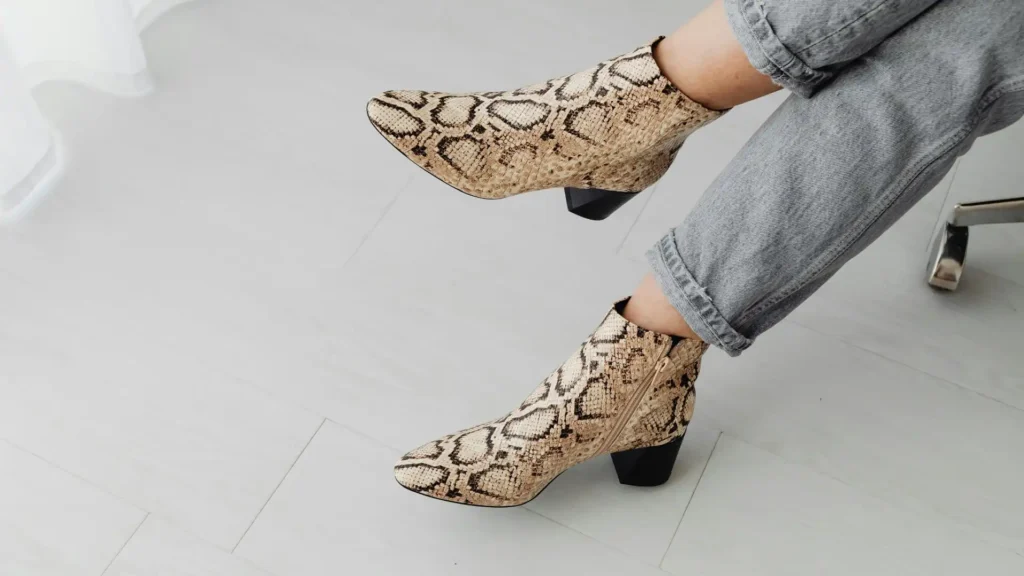Picture yourself on a crisp winter morning, wrapped in a soft scarf and a warm coat, ready to face the snowy day. Your outfit feels cozy and stylish, but one wrong step in the wrong shoes can ruin it all. Cold, wet feet or a slip on ice can turn a great day sour.
Choosing the right shoes is the key to staying comfortable and completing your winter look. This article will guide you through every step of picking the perfect shoes for a cozy winter outfit.
Understand Your Winter Weather Needs
Winter weather is tough on shoes. Snow, ice, rain, and freezing temperatures demand footwear that can handle it all. The right shoes keep your feet warm, dry, and safe. Start by thinking about your local climate.
Do you face heavy snow? Constant rain? Bitter cold? Knowing your weather helps you narrow down your choices.
Wet feet are miserable in winter. They get cold quickly and can lead to discomfort or even health issues. Waterproof shoes are essential for snow or rain. Look for labels that say “waterproof” or “water-resistant.”
Leather shoes with a waterproof coating are a solid choice. Full-grain leather is naturally water-resistant but benefits from a waterproof spray. Gore-Tex is a breathable membrane that blocks water while letting sweat escape. It’s common in boots and sneakers. Nylon or polyester blends also work well. They dry quickly and resist moisture.
Cold feet ruin a cozy winter vibe. Insulation traps heat, keeping your feet warm. Common insulation materials include wool, fleece, shearling, or synthetic linings.
Slippery surfaces are a winter hazard. Ice and snow can cause falls if your shoes lack grip. Traction is all about the sole. Rubber soles are the best for winter. They grip better than leather or plastic soles.
Look for soles with deep lugs. These grooves dig into snow or ice for stability. Some brands use special technologies designed for icy conditions. Vibram is durable and provides excellent traction. For extra safety, consider shoes with built-in anti-slip features. These are great for city sidewalks or rural paths.
Explore Winter Shoe Styles
Winter shoes come in many styles. Each one suits different outfits, occasions, and levels of warmth. Here’s a breakdown of the best styles for cozy winter outfits.
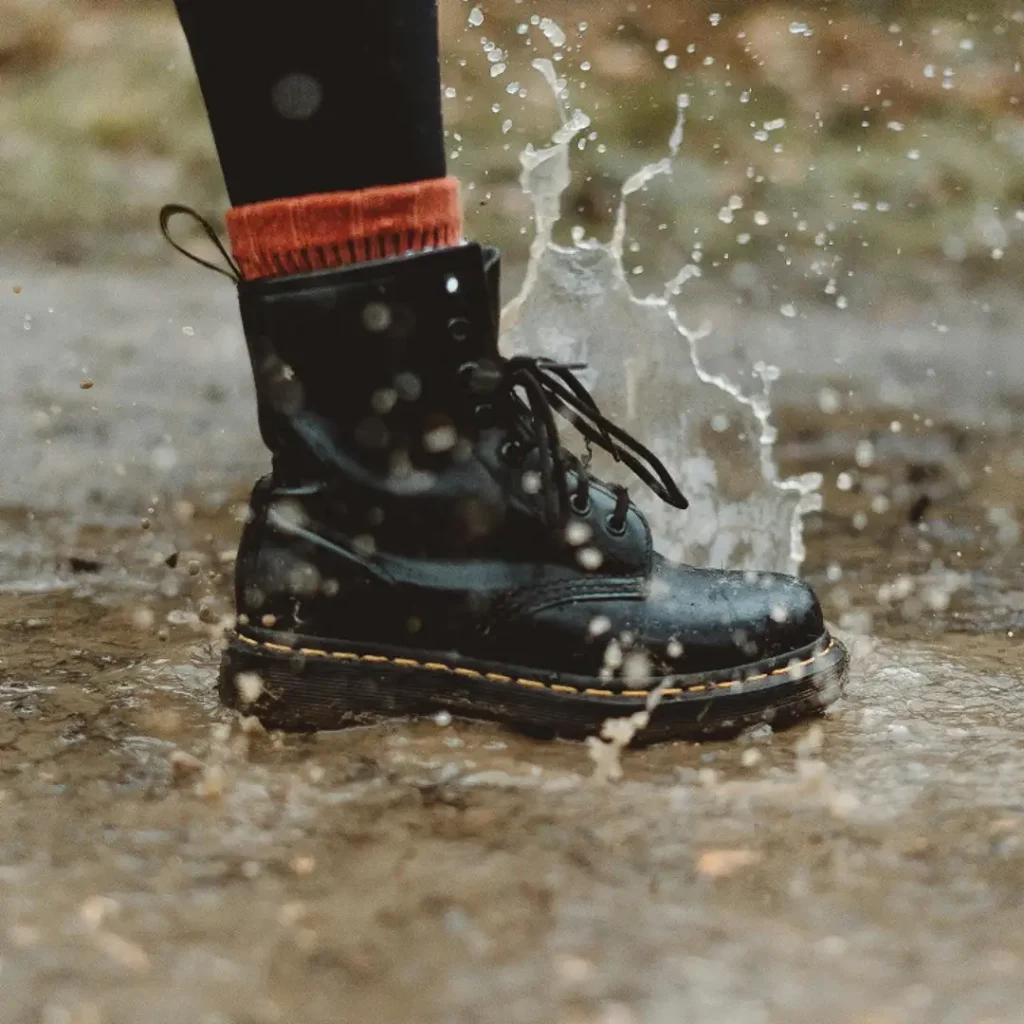
Boots: The Winter Classic
Boots are the go-to for winter. They cover your ankles or higher, offering extra warmth and protection. Ankle boots are versatile. They pair well with jeans, leggings, or dresses.
Mid-calf boots add more coverage and look great with skirts. Knee-high boots are both stylish and practical. They keep your legs warm and elevate any outfit. For a cozy feel, choose boots with soft linings. Waterproof leather or synthetic boots are ideal for wet weather.
Sneakers: Casual and Cozy
Sneakers aren’t just for summer. Winterized sneakers are designed for cold weather. High-top sneakers offer more coverage than low-tops, protecting your ankles.
Look for sneakers with waterproof materials. Some brands make sneakers with insulation for winter. These keep your feet warm while maintaining a casual, sporty look. Sneakers are perfect for everyday outfits. They’re comfy for walking or running errands.
Loafers or Slip-Ons: Effortless Style
Loafers and slip-ons are great for semi-casual winter outfits. They’re easy to slip on and off, saving time on busy mornings. Choose loafers with sturdy rubber soles and warm linings.
Waterproof leather loafers are practical for wet days. Some slip-ons come with fleece or wool linings for extra coziness. These shoes work well for office outfits or weekend brunches. Pair them with wool socks to boost warmth without sacrificing style.
Dress Shoes: Formal Winter Options
For formal occasions, winter dress shoes are the answer. Oxfords, brogues, or derbies with rubber soles are practical yet polished. Look for insulated, waterproof versions to stay comfortable.
Dark colors most winter outfits. Dress shoes pair beautifully with tailored coats, wool suits, or elegant dresses. Clarks and Ecco offer dress shoes with winter-ready features. They’re ideal for holiday parties or work events.
Select the Best Materials
The material of your shoes affects their performance and comfort. Here are the top materials for winter shoes.
Leather is a classic choice. It’s tough, stylish, and naturally water-resistant. Full-grain leather is the highest quality. It resists wear and lasts for years. Treated leather with a waterproof coating is even better for winter.
Suede, while cozy-looking, is tricky. It stains easily and doesn’t handle wet weather well. Save suede for dry days or indoor events. Condition leather regularly to keep it soft and crack-free.
Synthetic materials are designed for winter. Gore-Tex is a standout. It’s fully waterproof and breathable. Nylon and polyester blends are lightweight and quick-drying. They’re common in outdoor or athletic shoes. Synthetics are more affordable than leather and easier to clean.
Warm linings make a big difference. Wool is soft, breathable, and naturally warm. Shearling, made from sheepskin, is incredibly cozy. Faux fur is a cruelty-free alternative that still feels luxurious. Thinsulate or fleece are lightweight and effective. Ensure the lining covers the entire shoe, especially the toes, for even warmth.
Rubber soles are a winter must. They’re waterproof and provide excellent traction. Thick rubber soles with deep treads handle snow and ice well. Look for soles with aggressive patterns for extra grip. Vibram and other specialized soles are great for rugged conditions.
A cozy winter outfit needs comfortable shoes. A poor fit leads to blisters, cold toes, or sore feet. Here’s how to ensure a great fit.
Winter socks are thicker than summer ones. They take up more space in your shoes. Try shoes on with the socks you’ll wear, like wool or thermal socks. Your feet should feel snug but not cramped. If shoes feel tight with thick socks, go up half a size.
The toe box is the front part of the shoe. It should have enough room to wiggle your toes. Cramped toes get cold faster and feel uncomfortable. A wider toe box is better for winter, as it allows air to circulate and keep feet warm.
Good arch support prevents foot pain, especially if you walk a lot. Look for shoes with cushioned insoles. Some brands offer removable insoles, so you can add custom orthotics. Test the shoe by walking. Your arches should feel supported, not strained.
Heel height affects safety and comfort. Flat or low-heel shoes are best for winter. They’re stable on icy surfaces. High heels increase the risk of slipping. If you want heels, choose chunky ones. They offer better balance than stilettos. Wedge boots are another good option for slight height with stability.
Match Colors and Textures
Winter outfits often lean toward neutral or dark tones. Your shoes should complement this palette. Here’s how to choose colors and textures.
Black, brown, navy, or gray shoes are versatile. They match most winter outfits and hide dirt or slush stains. For a pop of color, try burgundy, olive, or deep teal. These shades add personality while staying sophisticated. Make sure your shoe color works with your wardrobe. Neutral shoes are safest if you’re unsure.
Textures make your outfit interesting. Shearling or faux fur linings give a cozy, inviting look. Polished leather is sleek and professional. Suede adds softness but needs care.
Mix textures thoughtfully. For example, pair smooth leather boots with a fuzzy sweater or a suede loafer with a wool coat. Avoid too many competing textures, as it can look busy.
Match Shoes to Your Activities
Your lifestyle shapes your shoe needs. Different activities call for different features.
For urban commutes, choose waterproof ankle or mid-calf boots. They handle slushy sidewalks and puddles. Look for good traction to avoid slipping. Easy-to-clean materials, like treated leather or synthetics, are practical. Pair with a long coat and scarf for a polished look.
If you hike or spend time outdoors, pick insulated hiking boots. They need strong ankle support and aggressive soles for uneven terrain. Gore-Tex and Vibram soles are ideal. Look for lightweight options to avoid fatigue. These boots pair well with outdoor gear, like puffy jackets and thermal leggings.
For shopping, coffee runs, or casual meetups, sneakers are great. Choose waterproof versions with warm linings. They’re comfortable for walking and versatile for casual outfits. Try sneakers with joggers and a parka or loafers with chinos and a sweater.
For holiday parties, go for insulated dress shoes. Oxfords or brogues with rubber soles are practical yet elegant. Dark colors like black or brown are timeless. Pair with a wool suit, a dressy coat, or a velvet dress for a festive touch.
Coordinate with Winter Accessories
Shoes are part of your overall look. Coordinate them with winter accessories for a cohesive outfit.
Match your shoes to your accessories. Black boots pair well with a black scarf and gloves. Brown shoes look great with earthy-toned hats. For a bold look, try a colorful scarf with neutral shoes. Keep textures in mind. A fuzzy scarf pairs nicely with sleek leather boots.
Wool or thermal socks are a winter must. They add warmth and cushioning. Patterned or colorful socks add personality, especially with sneakers or ankle boots. For dress shoes, choose thin wool socks in neutral colors for a polished look.
Your shoes should work with your bag and coat. A leather tote complements leather boots. A backpack suits sneakers for a casual vibe. Long coats pair well with knee-high boots, while cropped jackets look great with ankle boots or sneakers.
Choosing shoes for a cozy winter outfit is about blending function and style. Start with your climate and lifestyle. With the right shoes, you’ll feel warm, confident, and ready for any winter day. Step into the season with cozy, stylish feet—your perfect pair is out there waiting.

